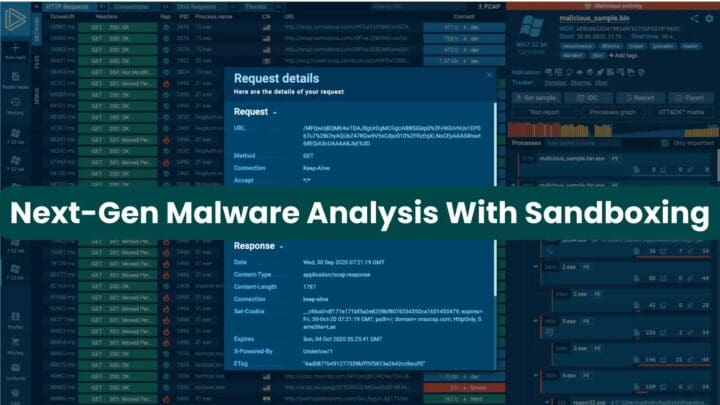Hey there fellow Bay Area techie! Let’s talk about one of the greatest challenges facing the cybersecurity industry today – sophisticated malware and how it’s changing the cybersecurity game.
Back in the day, traditional signature-based detection technologies would do the trick. But, these days, the increasingly savvy malware boys have come up with tricks like polymorphic and metamorphic code that change with each replication. This kind of malware could even pull a Houdini, running silently in the memory without writing to disk or casually pass off as regular network activity. Talk about sneaky!
So, what can we do when the malware seems smarter than our defenses? Well, fear not, because next-gen malware analysis is here to the rescue! Instead of fingerprinting code, it uses behavioral analysis to spot the baddies. Just like training a new puppy, machine learning is an adaptable way to keep up with new threats. Analyzing malware in a safe lab setting gives cybersecurity folks an edge to understand software dynamics better.
But with every new malware technique that crops up, our analysis tools must keep evolving to stay effective. Kinda like leveling up your character in a video game to beat the big boss. With sandboxing, we can identify these techniques and learn their targets and effects. This helps sharpen our defenses and tailors our cybersecurity approach.
Now, let’s delve a little into the role of machine learning in detecting malware. Much like Watson on a Sherlock case, the “supervised learning process” uses algorithms to uncover features found in both harmful and harmless software using a given dataset. On the other hand, machine learning’s “unsupervised learning algorithms” are like detectives sniffing out patterns and anomalies in the data and identifying unfamiliar malware.
Then we have the grandmaster of decision-making in machine learning, the “reinforcement learning”. It’s like the guru who adapts detection techniques in real time, learning from past actions. Pretty revolutionary, huh?
Not impressed yet? Picture this: antivirus software adeptly uses supervised learning to match file signatures with a catalog of known malware, much like you’d find your name in a phone book. There are even systems like Cylance, which study program behavior like a seasoned shrink to detect harmful actions. Or consider the awesomeness of deep learning models that sift through enormous datasets to unveil unseen malware patterns and bring to light previously unknown threats.
Another superstar technique in malware analysis is “sandboxing”. Visualize a sandbox as a secure play area where suspicious codes can be dissected and studied, while the outside system remains untouched. In essence, sandboxing creates a virtual scene for our detectives (aka analysts) to play around safely, preventing any unauthorized access to critical system resources.
Once we kick a suspect into this digital sandbox, the isolation gives us a hall pass to track and study everything without worrying about damaging the actual system. The malware’s actions are closely monitored, and the logs are uploaded for examination. Analysts then dig through these records to learn about the malware’s characteristics, possible effects, and propagation mechanism.
With sandboxing, the goal is to proactively identify, analyze, and mitigate potential security threats. It’s like having a controlled environment to study potentially hazardous creatures from a secure distance. From malware analysis, behavioral analysis, to automatic threat detection, sandboxing plays several vital roles that effectively manage potential threats, especially in expansive or complex environments.
Moreover, sandbox tools can outline malicious activities from unfamiliar sources by assessing behavior rather than relying on established signatures. When integrated with various security systems, this tool becomes a key player in enhancing the incident response process.
So you see, whether it’s fighting off zero-day threats or managing incident responses, next-gen malware analysis, machine learning, and sandboxing altogether create a resilient defense system. It’s not just keeping up; it’s leaping forward. Remember now, the best offense is a good defense. Until next time, keep your eyes on that malware and your fingers on the keyboard!
Spoiler alert: In the next chat, we’ll delve deeper into ANY.RUN, a popular interactive sandboxing service which over 300,000 users are already rocking. Stay tuned and stay safe, folks!
by Morgan Phisher | HEAL Security




